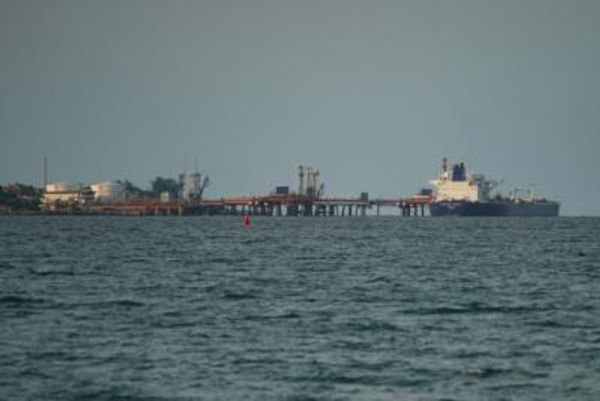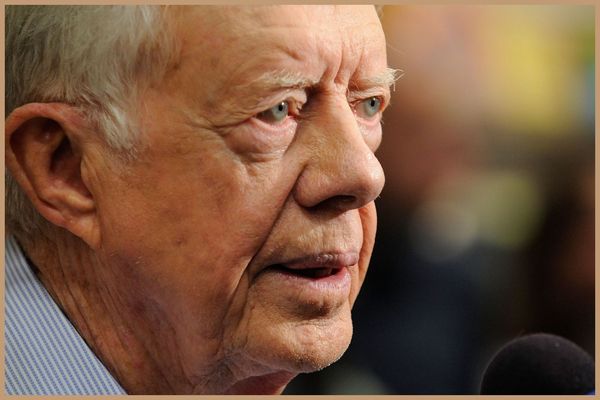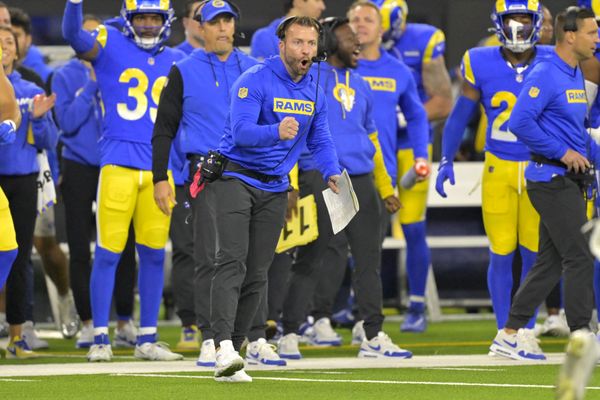
The reason why a popular waterway in southeast Queensland looked like a strawberry milkshake has finally been revealed.
There were initial fears by locals that pollution may have led to the Boondall Wetlands in Brisbane's north turning bright pink last month.
However scientists have identified a microbe never seen before in the region as the culprit.
Tests of water samples by the Department of Environment and Science (DES) helped solve the mystery.
"Results have shown the microbe belongs to the genus Rhodovulum," principal scientist Glenn McGregor said.
"This is the first time this bacterium has been observed by DES in southeast Queensland."
Dr McGregor said a lack of winter rain had caused the Boondall mangroves to become saline, creating the perfect environment for Rhodovulum microbes.
"As the Rhodovulum microbes reproduce and the population booms, they turn the water pink because of their colouration," he said.
"The beautiful pink blooms at the Boondall Wetlands is rare but there are plenty of coastal locations across Australia with pink water when conditions are right."
Notable pink locations include Western Australia's Lake Hillier and Lake Bumbunga in South Australia.
Brisbane City Council sent water samples for testing after visitors expressed concerns on social media that pollution may have caused the usually brown wetlands to turn pink over a number of days.
"Based on the colour of the water, we originally thought it might be a bacterium that sometimes washes up in mangroves and can cause similar pinkish accumulations," Dr McGregor said.
"We analysed four samples which confirmed it wasn't the microbe we thought it was, and we needed to do genetic sequencing to find the pink bloom culprit."
All was revealed after University of Queensland scientist Chris Rinke completed the genetic sequencing.







